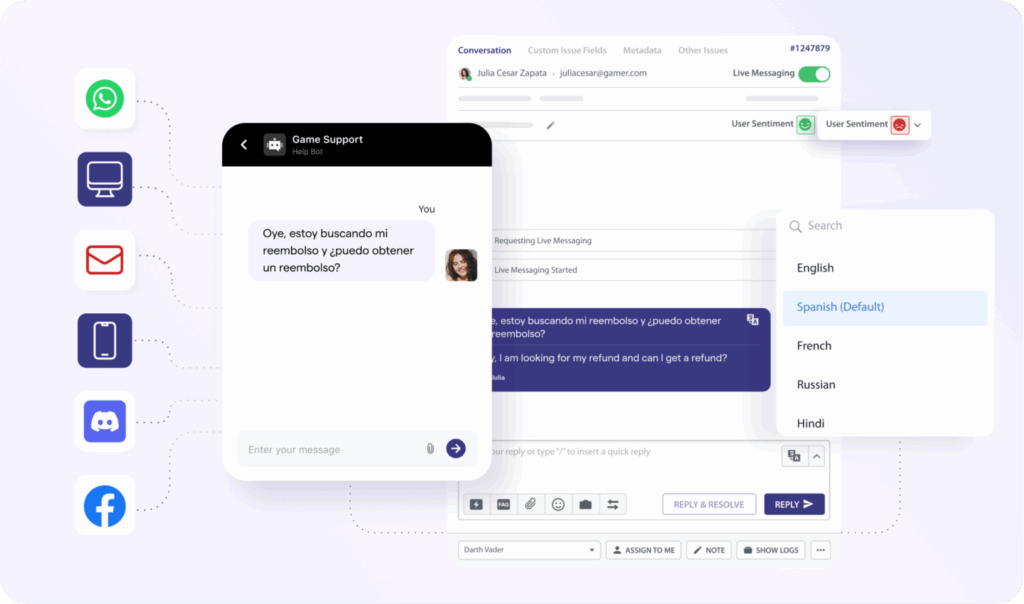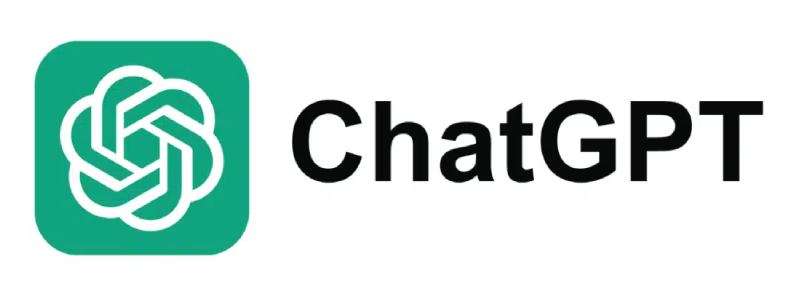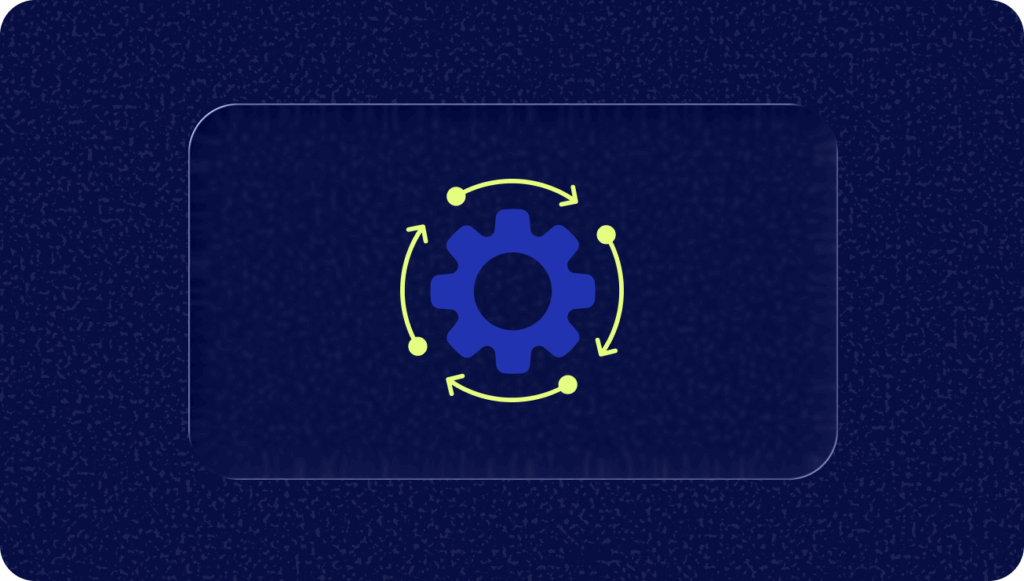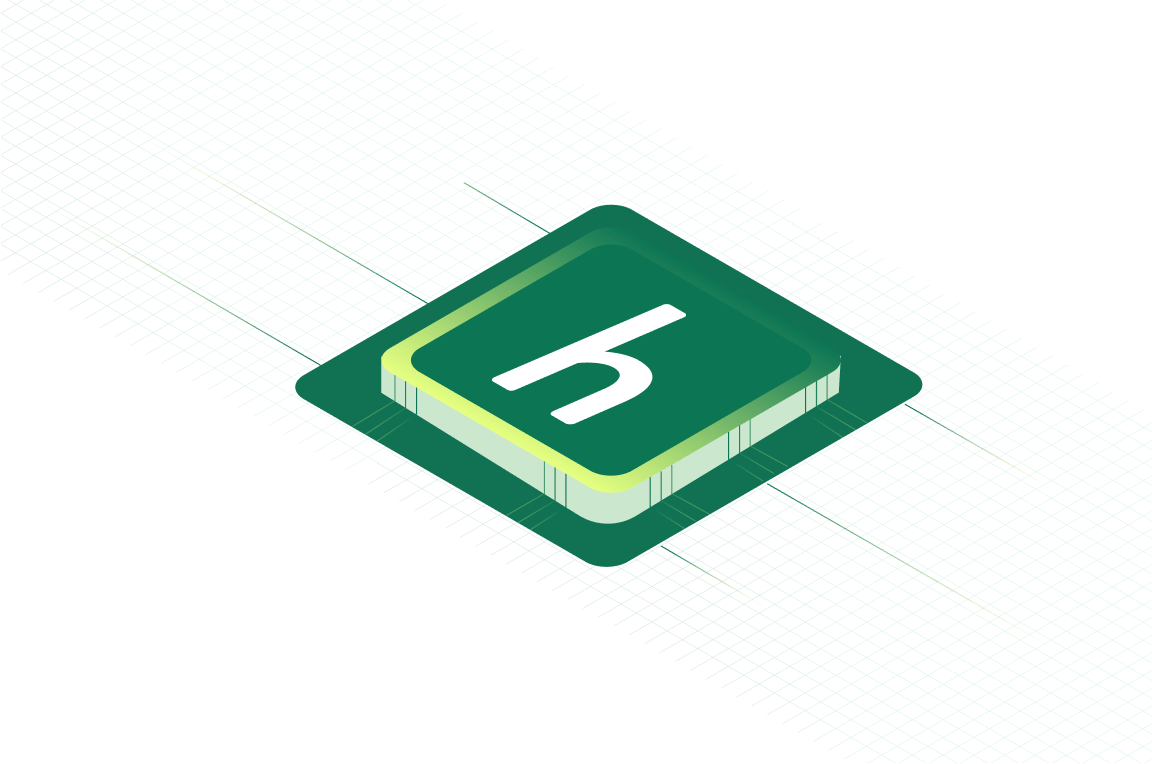Launching a game is just the beginning. Once millions of players log in, they expect instant help in their language without leaving the game. Traditional support can’t keep up: tickets pile up, agents burn out, and slow responses hurt retention and ratings.
Support operations change that. Once seen as back-office, it’s now a strategic LiveOps function scaling support, automating workflows, and turning player issues into insights.
This article explores why Support Ops is rising, its key responsibilities, and how studios use Helpshift’s AI-powered platform to elevate player experience.
What Is Support Operations and Why It Matters in Gaming Now
Support Ops is the connective tissue between player support, LiveOps, and the product team. Through infrastructure, automation, and workflows, Support Ops ensures that millions of players get resolutions quickly and the quality of every interaction is consistent.
Live-service gaming has fundamentally changed what players expect from support. They want instant answers, in their language, without leaving the game. At the same time, the complexity of issues is growing. Account-related problems alone have surged from 13.9% in 2023 to 27.5% in 2024. Without a strong Support Ops framework, these surges overwhelm frontline agents and slow down resolution times.
By orchestrating automation and intelligent workflows, Support Ops deflects repetitive queries, accelerates resolution, and frees agents to focus on high-value conversations. In doing so, they become central to LiveOps itself, ensuring player satisfaction is prioritized alongside monetization.
Why Gaming Studios Need a Dedicated Support Ops Role
Running support for modern games isn’t just about answering tickets anymore. As studios scale globally and juggle multiple titles, the challenges become more complex and harder to control. Here’s where a dedicated Support Ops role makes all the difference:
Managing Complexity in Multi-Title, Multi-Region Environments
Players today span dozens of regions and languages. Nearly half of all support contacts are in non-English languages, and for some gaming brands, that rises to 70%. Without Support Ops, global scaling quickly overwhelms frontline teams.
Automating High-Volume Workflows and Issue Triage
Without automation, tickets in gaming can take an average of 84 hours to resolve. With automation, that drops to 9 hours. Bytro Labs is a standout example, handling 17,000 monthly tickets with just 2.5 agents by achieving a 99% automation rate.
Bridging the Gap Between Support, Product, and Engineering
Support Ops also serves as a feedback loop, converting recurring player issues into insights that inform game design and LiveOps strategy. Huuuge Games, for instance, used Helpshift across 25 languages and saw a 79% deflection rate and 21% faster time to resolution, while feeding real-time feedback into product teams
Key Responsibilities of a Support Ops Leader in Gaming
Running Support Ops in gaming is about designing systems that scale, measuring the right metrics, and enabling agents to deliver consistent player experiences. Here are the core responsibilities every Support Ops leader owns:
Designing and Maintaining Scalable Support Infrastructure
Support Ops leaders architect frameworks, such as ticket routing, FAQs, and SDK integrations, that keep support steady as player volumes spike. Without this, global studios can’t maintain speed or consistency across millions of users.
Driving Ticket Deflection Through AI and In-Game Help
One of the most impactful levers is automation. Helpshift data shows automated workflows reduce resolution times from 84 hours to just 9 hours. Studios like SYBO achieved a 95% deflection rate in under three months after switching to in-app support.
Reporting on CSAT, FRT, Deflection Rates & Player Sentiment
Support Ops owns the dashboards. Key metrics include:
- CSAT (Customer Satisfaction) – a direct measure of player happiness
- FRT (First Response Time) – speed of acknowledgment
- Deflection Rate – % of issues resolved without an agent
Enabling Agents Through Training, QA, and Tooling
Support Operations leaders ensure human agents focus on high-value interactions that drive player satisfaction and retention. This means providing agents with contextual player information, suggested responses based on issue history, and escalation protocols that prevent complex problems from degrading into negative experiences.
How Helpshift Empowers Modern Support Ops Teams
As an AI-first customer service platform built for gaming, Helpshift gives Support Operations teams the tools they need to automate smart, scale fast, and keep players happy without breaking budgets or overwhelming agents. Here’s how Helpshift helps Support Ops teams move faster:
Centralized Dashboards for Workflow Management

✅ With the Agent Workspace, Support Operations leaders can track tickets, monitor agent performance, and spot bottlenecks from a single interface that unifies in-game chat, web support, and email.
✅ Built-in smart routing ensures player issues are directed to the right agent or automation based on account value, issue complexity, and game-specific context.
Automation Tools for Repetitive Ticket Handling

✅ Helpshift’s AI and Automation features include Smart Intents built for gaming terminology. The platform understands the difference between “missing gems” and “missing progress,” something generic bots often miss.
✅ 24/7 automated workflows resolve account recovery, purchase verification, and basic troubleshooting instantly, freeing agents to focus on complex, high-value cases.
Real-Time Analytics to Guide Support Strategy

✅ Through Messaging, studios get metrics that actually matter for gaming—like deflection rates by game feature, CSAT by player segment, and resolution times during peak hours.
✅ Sentiment analysis within messaging also helps Ops leaders flag frustrating features early, preventing negative reviews or churn.
Seamless Integration with Game Backend and CRM Systems

✅ The Help Center connects directly to your game’s backend, enabling support teams to verify transactions, check account status, and resolve technical issues using real-time server data.
✅ It also integrates with CRMs, billing systems, and analytics platforms, so it supports data flows where teams need it most.
Case Study Examples: Support Ops in Action
Rovio: Scaling Support Across 23 Games
Rovio needed to unify support for a global player base across 23 titles. By centralizing operations with Helpshift, they achieved a 91% deflection rate, a 26.5% increase in CSAT, and $1.7M in annual savings. This shows how a strong Support Ops function can balance scale, cost efficiency, and player satisfaction.
Jam City: Leveraging Automation to Improve Agent Efficiency
Jam City shifted from email-heavy workflows to Helpshift’s in-app messaging and automation. With 90% of issues deflected before reaching agents, they doubled CSAT while cutting ticket volume by 30%
For ops leaders, this proves automation reduces workload, directly improves agent efficiency and morale.
Trailmix: Building Player Support from Scratch
When Trailmix launched Love & Pies, they needed a scalable support framework without legacy systems. With Helpshift, they reached 93% automation, a 32% faster first response, and saved $50K annually. This demonstrates how even smaller studios can build Support Ops into their DNA from day one.
Final Thoughts: Elevate Support Ops to Elevate Your Game
Support Operations has moved from the background to the center of gaming success.
For gaming leaders, the takeaway is clear: investing in Support Ops is investing in your players. And in an industry where retention defines long-term success, that investment pays for itself many times over.
Helpshift was built to empower modern Support Ops teams with AI-first tools designed for gaming. 👉 Request a Helpshift demo today and see how you can scale support.








